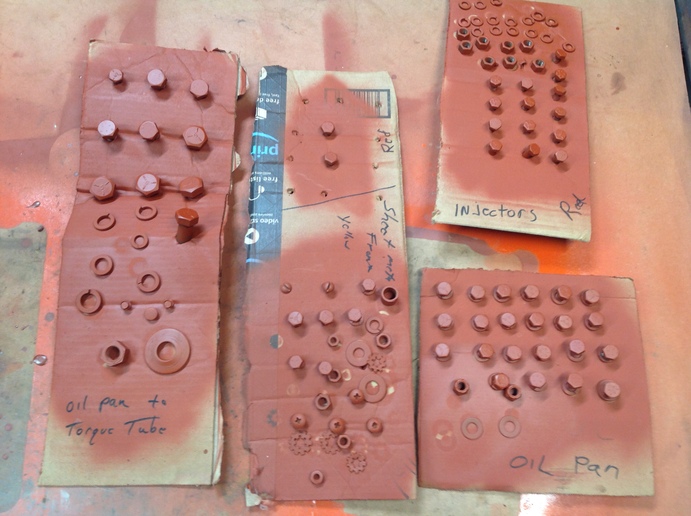Farmall Charlie
Member
Hello
This year I have really gotten antique tractor fever. After I got done fixing my great grandpa's Super MTA and asked a few questions on this website (Thank you to everyone that helped me) I started looking for a new project. When I was doing research on the international MD and John Deere R I stumbled across a Tractor restoration competition though FFA. I talked to my FFA advisor and I am lined up to do it for 2021. I bought a 1938 international Farmall F20 to do this restoration. It is in running condition but leaks a lot of oil. I am going to do a Full restoration on it. No one in my family has done a tractor restoration so I have a couple of questions.
When you are doing a restoration what do you recommend for keeping the parts separate when I take it apart? would you recommend tubs or something else for a sorting system?
is there a couple of must does before I start taking it apart.
I talked to the previous owner today and he recommend starting with the engine and work my way back. Where do you recommend where to start?
Thank you for your help.
This year I have really gotten antique tractor fever. After I got done fixing my great grandpa's Super MTA and asked a few questions on this website (Thank you to everyone that helped me) I started looking for a new project. When I was doing research on the international MD and John Deere R I stumbled across a Tractor restoration competition though FFA. I talked to my FFA advisor and I am lined up to do it for 2021. I bought a 1938 international Farmall F20 to do this restoration. It is in running condition but leaks a lot of oil. I am going to do a Full restoration on it. No one in my family has done a tractor restoration so I have a couple of questions.
When you are doing a restoration what do you recommend for keeping the parts separate when I take it apart? would you recommend tubs or something else for a sorting system?
is there a couple of must does before I start taking it apart.
I talked to the previous owner today and he recommend starting with the engine and work my way back. Where do you recommend where to start?
Thank you for your help.


